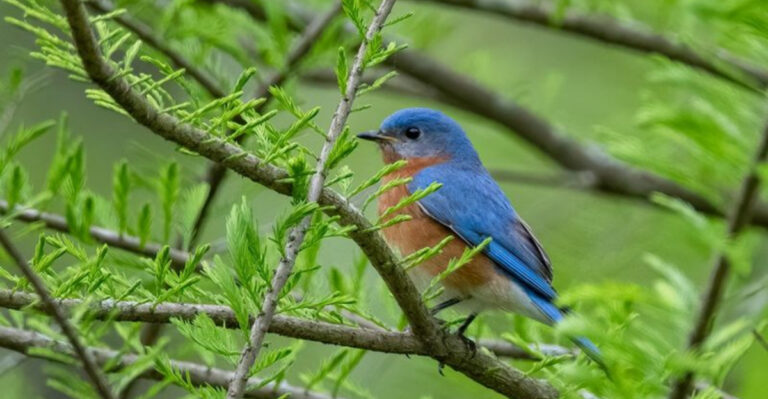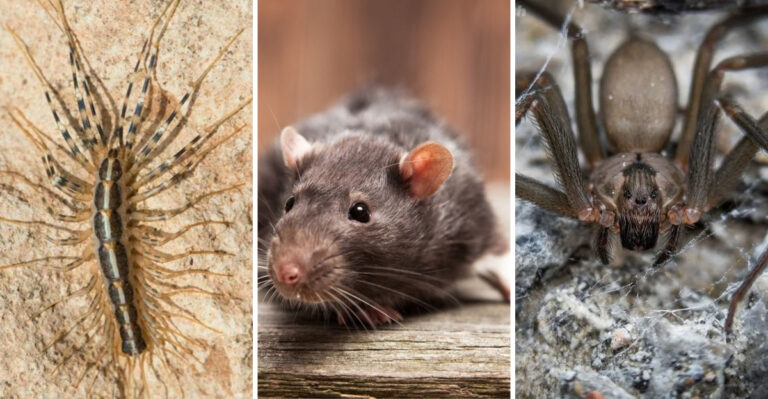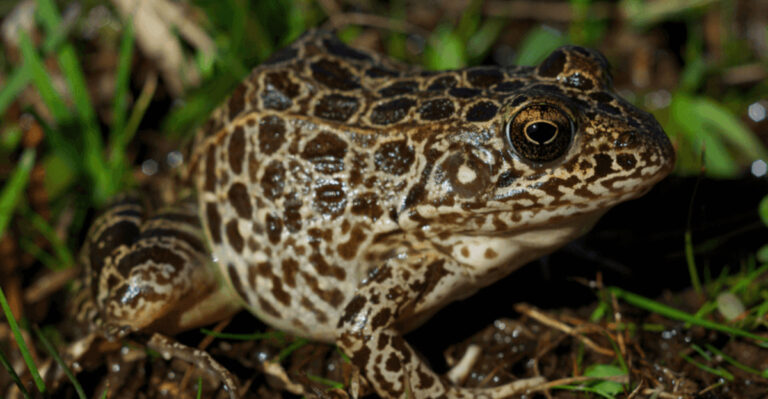11 Small Yet Mighty Creatures That Shape Ecosystems
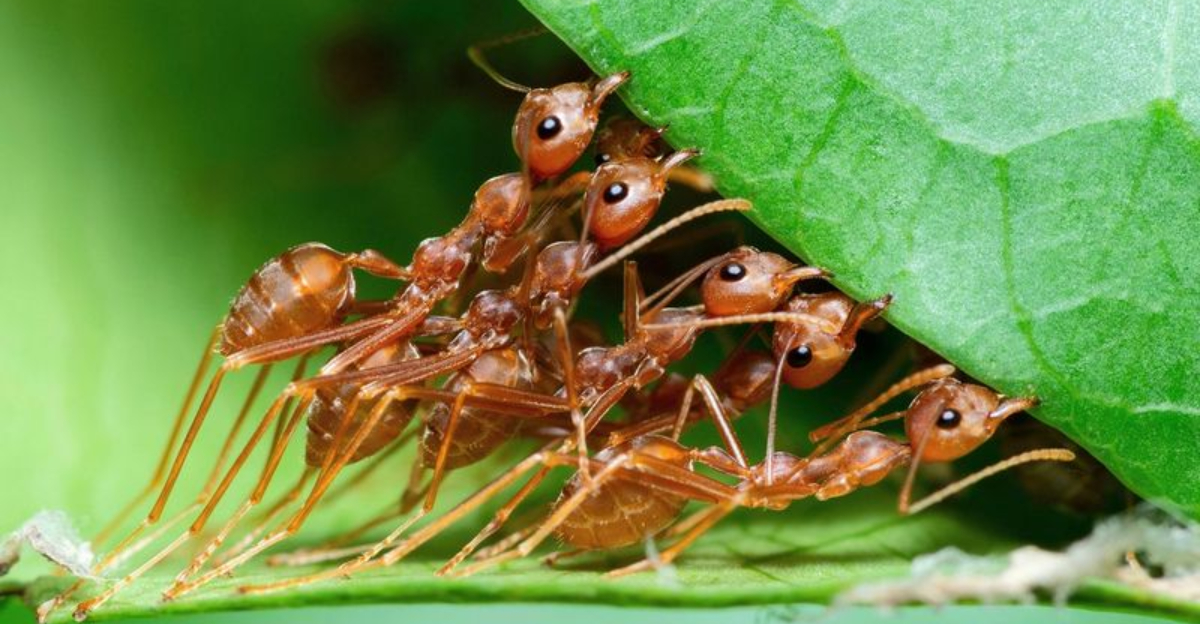
In the grand scheme of life, some of the most significant contributions come from the smallest creatures.
These often-overlooked organisms are vital in sustaining the health and balance of ecosystems worldwide.
Whether through pollination or decomposition, their roles are crucial. In this list, we’ll highlight tiny creatures that make a big difference in the environment.
Despite their size, their impact is profound and essential.
1. Daphnia
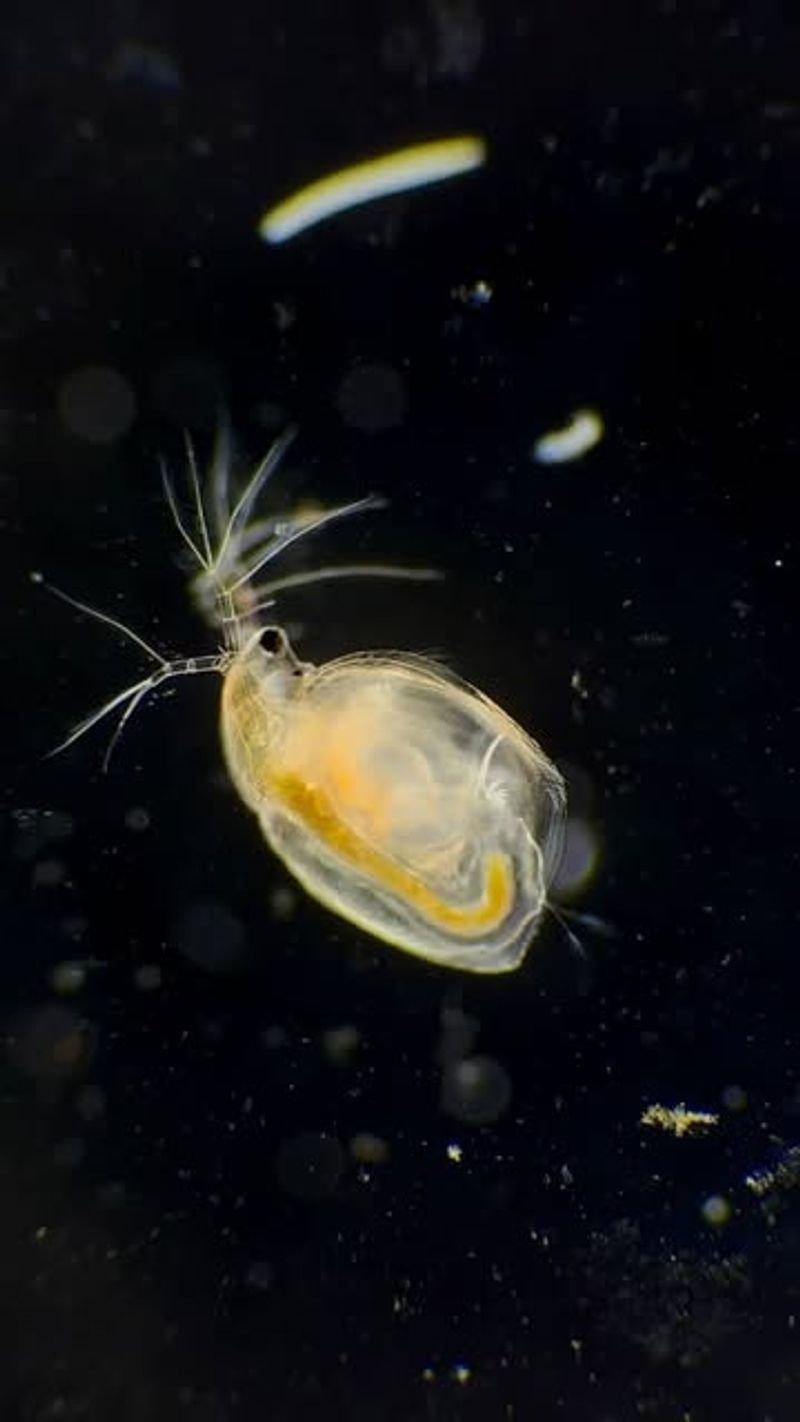
Daphnia, or water fleas, are tiny crustaceans thriving in freshwater environments. They serve as a crucial food source for various aquatic organisms, including fish and amphibians.
These creatures help maintain water clarity by consuming algae, preventing excessive blooms that can disrupt aquatic ecosystems.
Their rapid reproduction allows them to quickly respond to changes in food availability, keeping the balance in check.
As filter feeders, they contribute to nutrient cycling, promoting healthier aquatic environments.
2. Rotifers
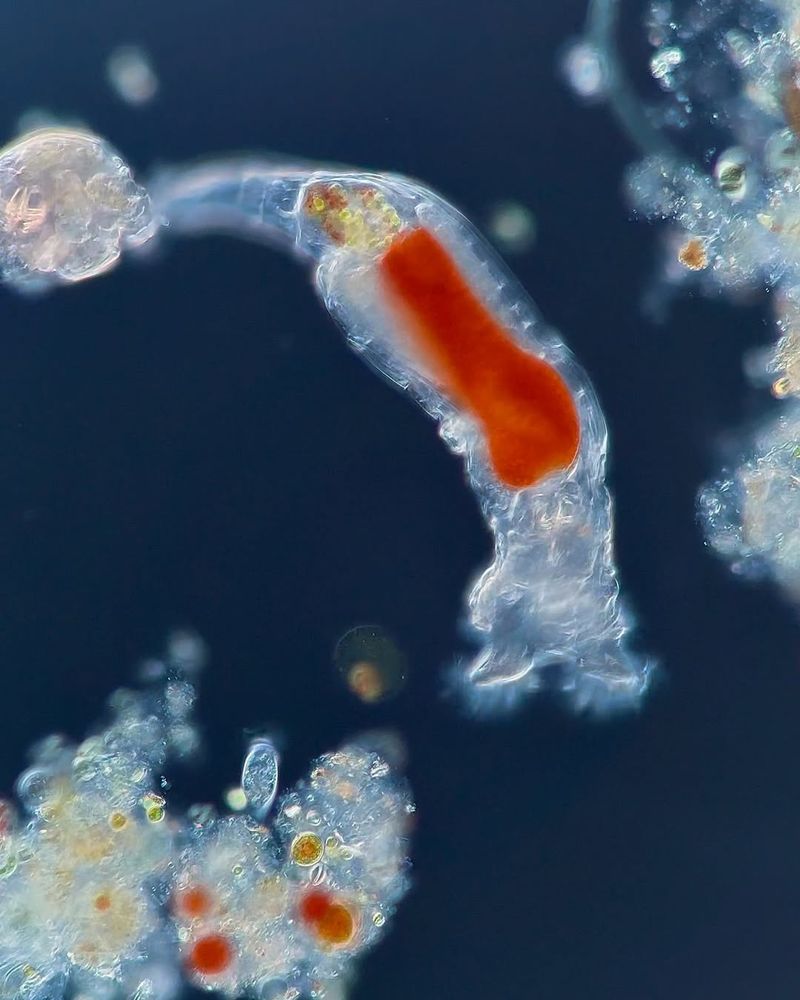
Rotifers are microscopic animals commonly found in freshwater habitats, contributing significantly to nutrient recycling.
Known for their rotating, wheel-like cilia, they capture and consume algae and organic particles.
These creatures are vital in controlling algae populations, ensuring aquatic ecosystems remain balanced.
Rotifers also serve as a food source for larger organisms, facilitating energy transfer up the food chain.
Their rapid reproduction and adaptability allow them to thrive in various conditions, highlighting their resilience and importance in maintaining ecological equilibrium.
3. Earthworms
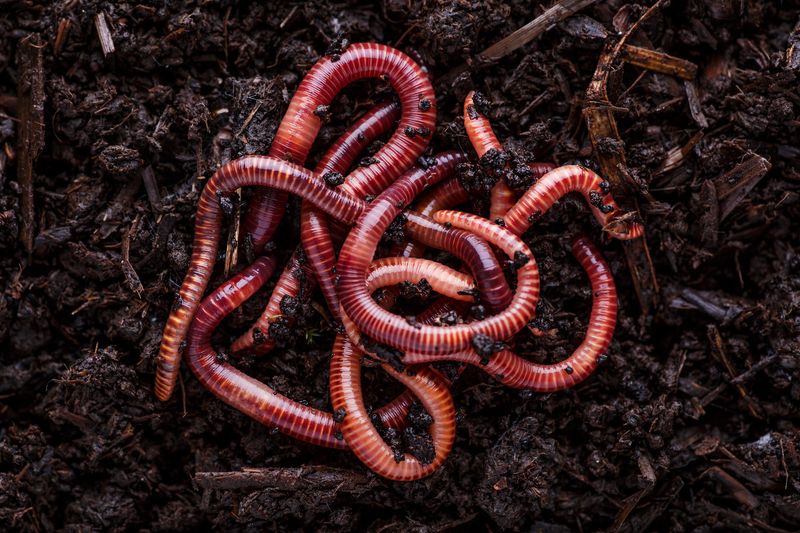
Earthworms work tirelessly beneath the surface to improve soil quality. As they burrow, they turn and aerate the soil, which boosts drainage and prevents erosion.
Their consumption of organic matter results in nutrient-rich castings that naturally fertilize the soil, enhancing plant health.
Earthworms also contribute to carbon cycling by releasing carbon dioxide during the decomposition process. Their presence in ecosystems signifies healthy, fertile soil, essential for supporting diverse life.
4. Bees
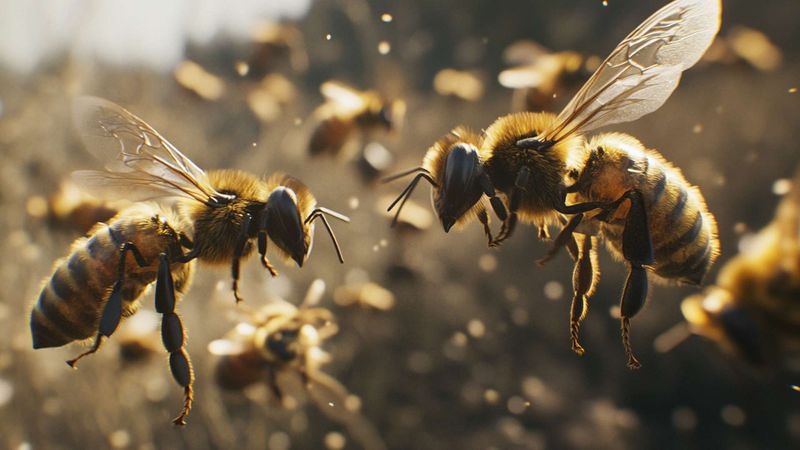
Bees are more than just honey producers; they are crucial pollinators for many plants. Through their foraging, they transfer pollen, enabling the growth of fruits and vegetables.
This process is essential for food production, impacting crops like apples, almonds, and blueberries. Without bees, plant reproduction would be severely impacted, disrupting global food supply chains.
Bees also play a key role in maintaining biodiversity and supporting diverse ecosystems that are resilient to environmental changes.
5. Ants
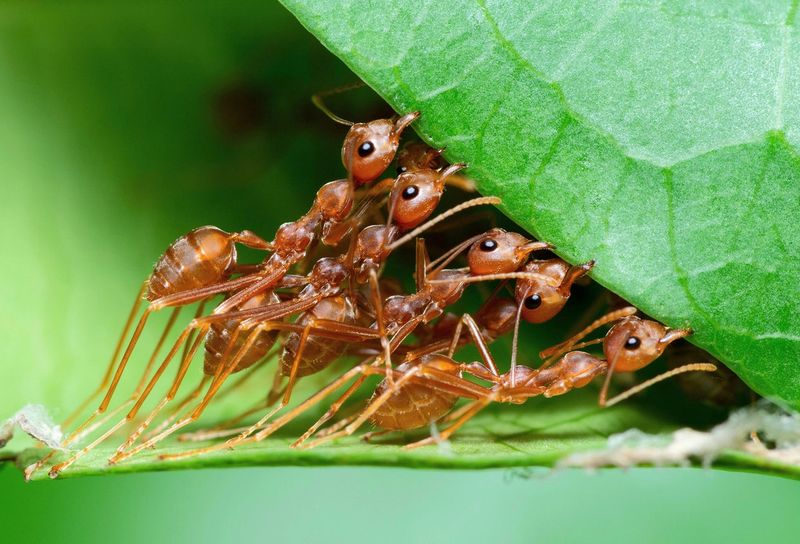
Ants are skilled architects, creating intricate underground colonies that benefit the environment. Through tunneling, they improve soil aeration, enhancing its structure and fertility, which aids plant growth.
As nature’s cleanup crew, ants break down organic waste, recycling nutrients back into the soil. They also play a vital role in seed dispersal, helping plants spread and grow while benefiting from the nutritious appendages of seeds.
With their complex social structures, ants highlight the importance of teamwork and cooperation in maintaining ecological health.
6. Beetle Larvae
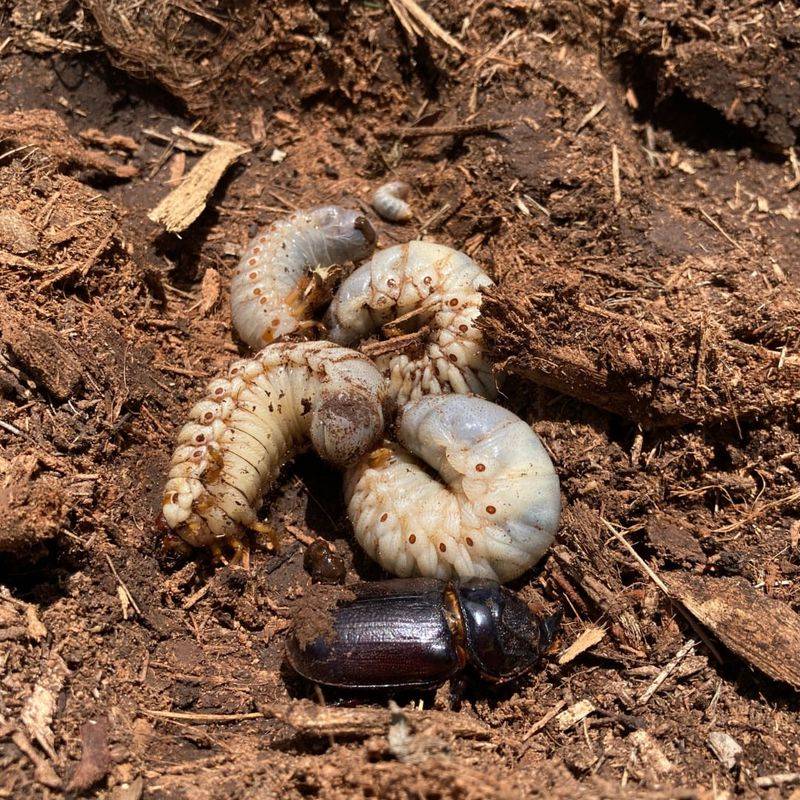
Beetle larvae, or grubs, are crucial decomposers in many ecosystems. They feed on decaying wood and organic matter, facilitating nutrient recycling and soil enrichment.
This decomposition process supports plant growth and contributes to the carbon cycle. Beetle larvae also provide food for various animals, integrating into the food web.
Their role as recyclers and prey highlights their ecological significance.
7. Plankton
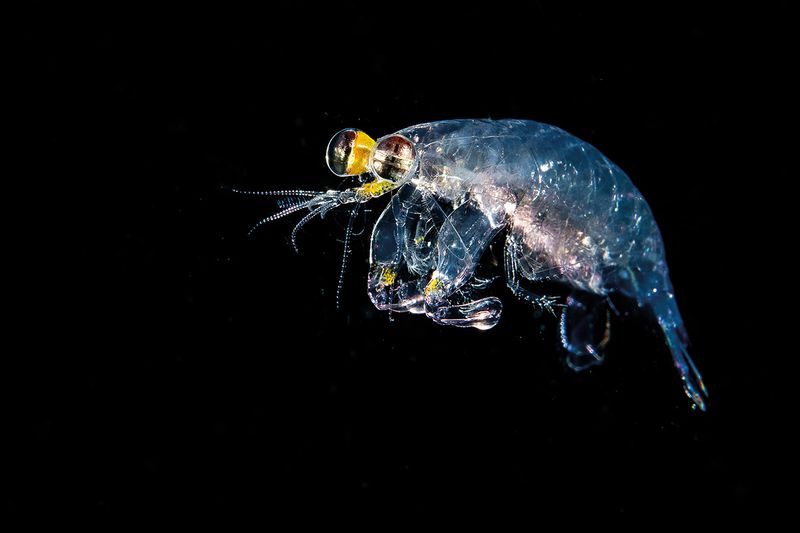
Plankton, the tiny yet powerful organisms of the ocean, form the backbone of aquatic food chains.
Phytoplankton and zooplankton are crucial food sources for larger marine animals like whales and fish, sustaining life beneath the waves.
Phytoplankton also produce much of Earth’s oxygen, making them essential for both marine and terrestrial life.
Beyond their role in food webs, plankton contribute to carbon cycling, regulating atmospheric carbon and helping balance Earth’s climate.
Despite their small size, they serve as early indicators of environmental shifts, highlighting their importance in understanding ocean health and climate change.
8. Tardigrades
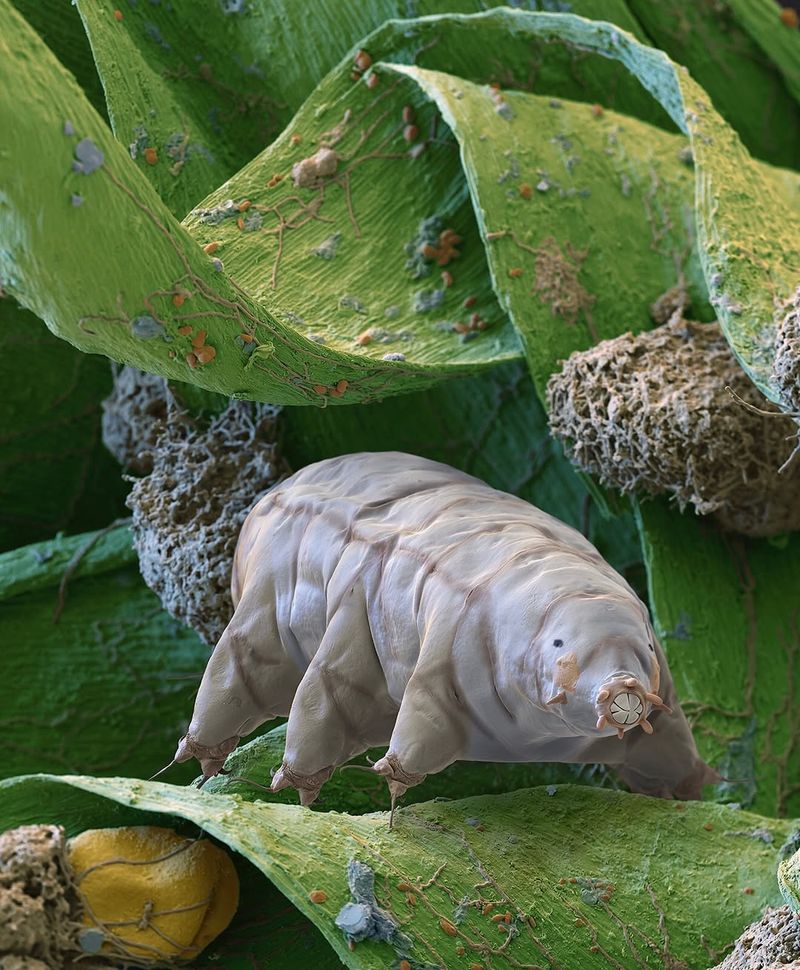
Tardigrades, commonly called water bears, are microscopic marvels known for their resilience. They inhabit diverse environments, from deep ocean floors to high mountain peaks.
Their ability to withstand extreme conditions, including radiation and desiccation, is legendary.
In ecosystems, tardigrades contribute to nutrient cycling, especially in moist habitats like mosses and lichens.
By feeding on bacteria and plant cells, they play a part in breaking down organic material. The presence of tardigrades indicates a healthy, balanced ecosystem.
9. Bacteria
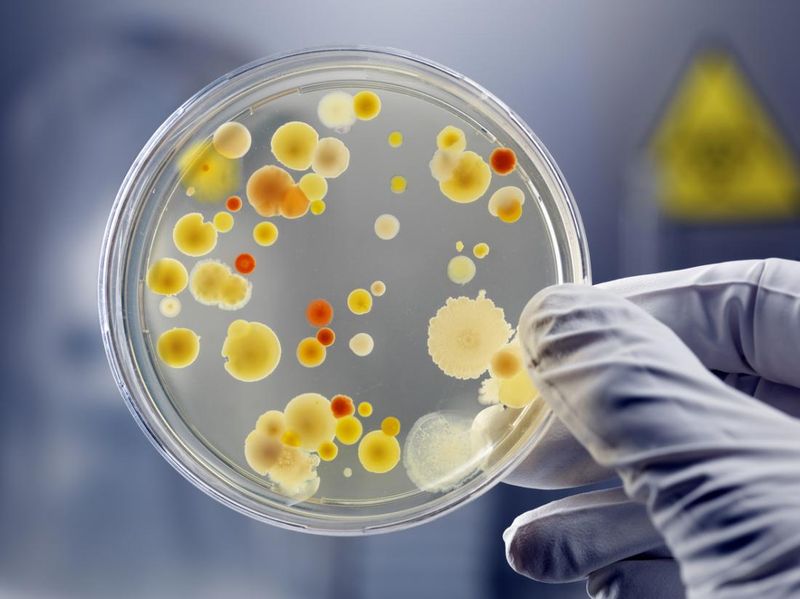
Invisible to the naked eye, bacteria are ancient organisms with immense ecological power.
These microscopic beings drive essential processes like decomposition, nutrient cycling, and nitrogen fixation, which are vital for plant growth and healthy ecosystems.
By breaking down organic matter, bacteria return nutrients to the soil, fostering fertility and supporting life. Their ability to clean up pollutants through bioremediation makes them crucial in environmental conservation.
From extreme environments to everyday ecosystems, bacteria demonstrate incredible adaptability, proving their vital role in sustaining life and driving innovation.
10. Lichens
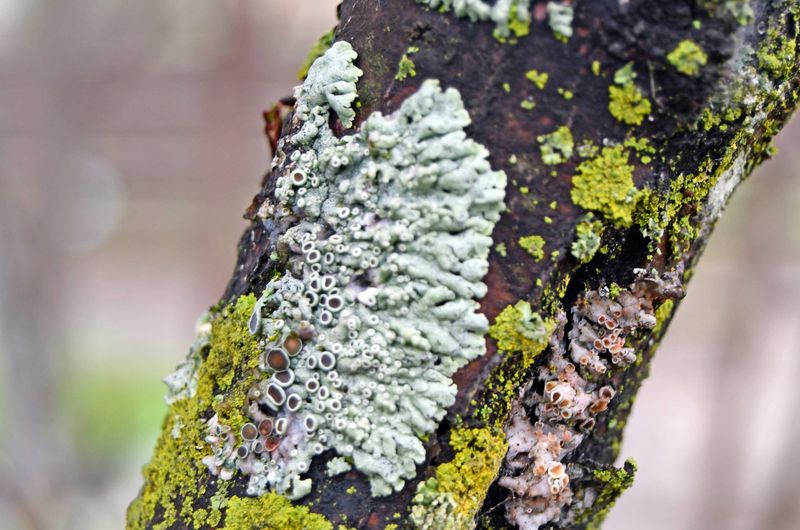
Lichens, unique organisms formed by a partnership between fungi and algae, thrive in environments where few others can survive.
This combination enables them to break down rocks and contribute to soil formation, turning barren landscapes into fertile ground for other plants.
As they grow, lichens secrete acids that release essential minerals for plant life. Lichens also serve as bioindicators, with their sensitivity to air pollution offering valuable insights into environmental health and changes.
Their resilience and role in supporting biodiversity highlight their importance in sustaining ecosystems and aiding ecological research.
11. Termites
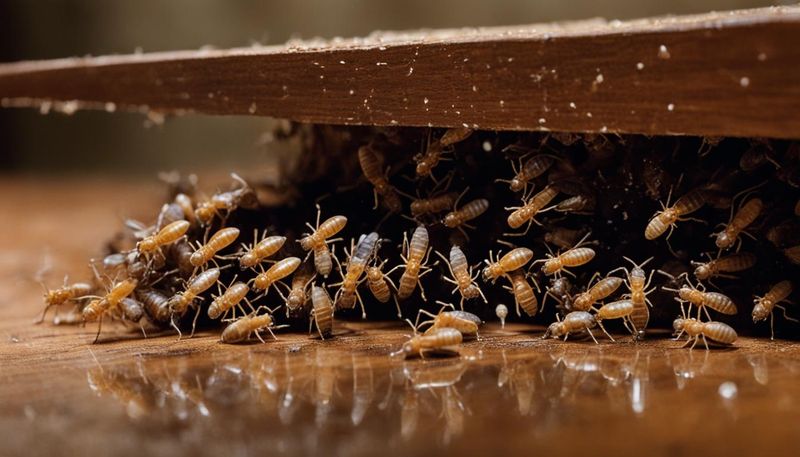
Termites, often viewed as pests, play a crucial role as decomposers in many ecosystems. By breaking down wood and leaf litter, they recycle nutrients back into the soil, promoting soil fertility and nutrient cycling.
Their ability to digest cellulose, with the help of specialized microbes in their guts, makes them efficient organic matter recyclers.
In addition to decomposition, termites improve soil structure by tunneling, which enhances water infiltration and plant root growth.
Despite their negative reputation, their ecological contributions highlight the important roles even small creatures can play in sustaining ecosystems.

